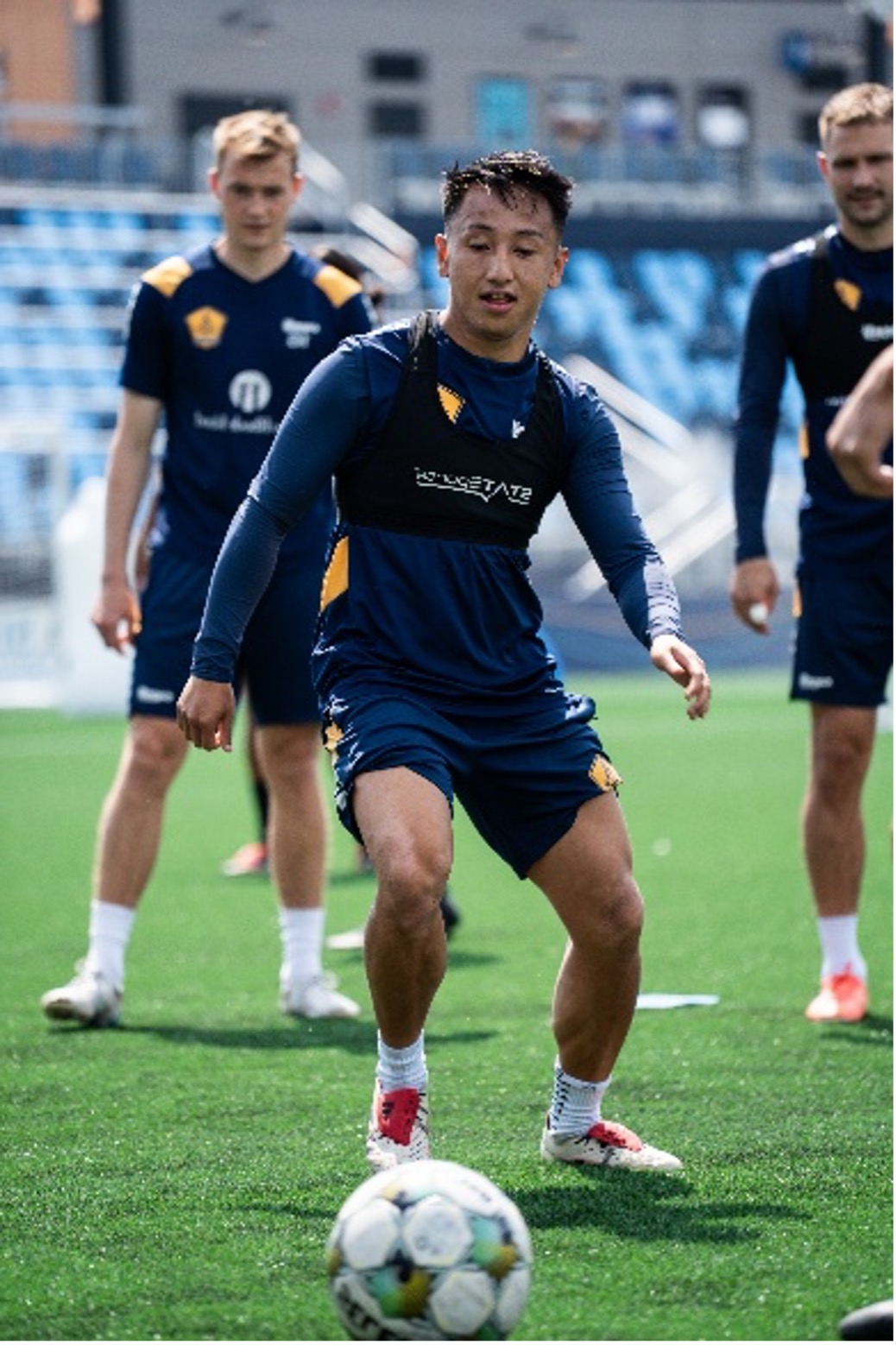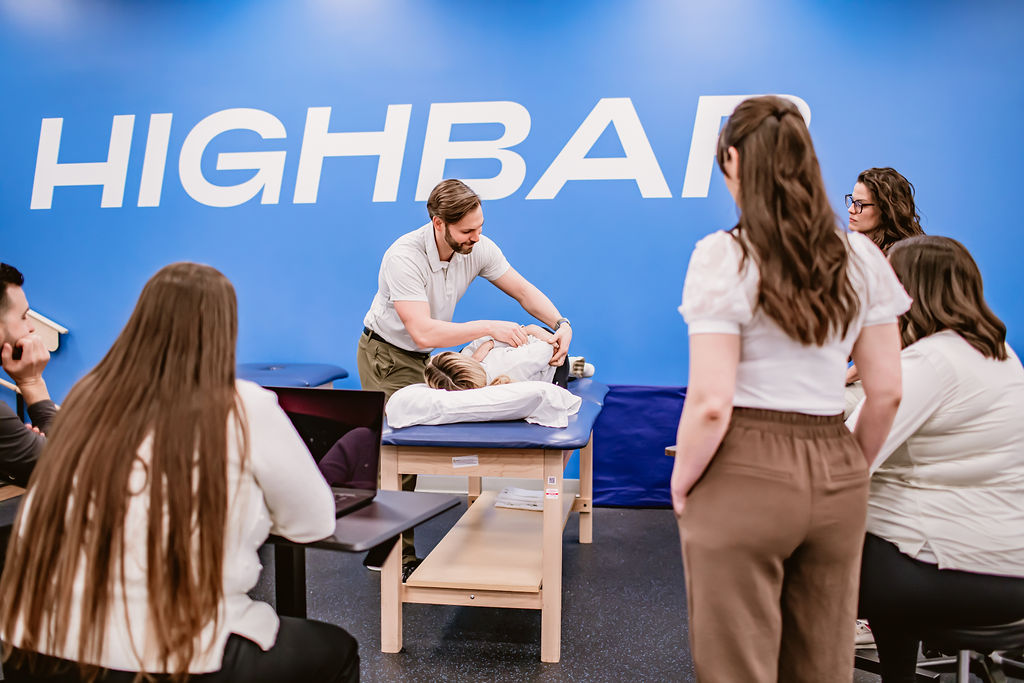Highbar Physical therapy & Health blog
If you’ve been to a Rhode Island FC match, you may have noticed players wearing a small pod tucked between their shoulder blades. It’s not just part of the uniform—it’s part of the future. From the locker room to the physical therapy clinic, technology is transforming how soccer is played, how athletes recover, and how teams like RIFC keep their players performing at their best.
At Highbar Physical Therapy, we’re proud to partner with RIFC to support this high-tech, high-performance vision. Here’s a look at the tools driving the modern game—and how they might benefit you, too.
What’s That Device on Their Back? Meet the GPS Tracker

Those compression vests or “sports bras” worn under jerseys house a GPS tracker about the size of a pack of gum.
These devices collect real-time data such as:
- Distance covered
- Top speed
- Number of sprints
- Acceleration and deceleration forces
- Heart rate and workload
This isn’t just cool tech—it’s a game-changer. Matt Delgreco, RIFC’s Director of Sports Performance, uses the data to:
- Monitor fatigue and prevent overtraining
- Track conditioning progress
- Reduce injury risk
- Tailor recovery strategies based on actual workload
For example, if a defender has sprinted more than usual during the week, staff can adjust his training load or recovery plan before game day.
Beyond GPS: Smart Tools Shaping the Game
GPS trackers are just the beginning. Professional teams now use a full suite of tools to monitor health and performance:
Workload & Heart Monitoring
- Heart Rate Monitors: Gauge cardiovascular strain and internal load.
- Wearables like WHOOP bands & smart rings: Track sleep, heart rate variability (HRV), and recovery readiness around the clock.
Movement & Mechanics
- Inertial Measurement Units (IMUs): Analyze how players jump, land, cut, and turn.
- Smart Insoles & Pressure Mats: Assess walking mechanics, force distribution, and foot contact.
Strength & Rehab Testing
- Force Plates & Dynamometers: Tools like VALD’s ForceDecks measure explosive power, limb symmetry, and rehab progress.
Whether on the field, in the clinic, or at home, these tools create a clearer picture of how an athlete’s body is performing—and how it’s recovering. At Highbar, we use the same technology-driven approach to personalize rehabilitation for everyone from professional athletes to weekend warriors and post-op patients.
From the Pitch to PT: A Hamstring Recovery Story
Imagine an RIFC player strains his hamstring during a sprint. Within minutes, GPS data shows exactly how far he ran, how fast he was moving, and whether his workload spiked in the days before the injury—a common red flag for soft tissue strain.
Here’s how Highbar and RIFC work together to guide his recovery:
- Force Testing: Objective strength measurements compare his injured leg to the healthy one, helping us progress him safely.
- Movement Analysis: Mechanics like stride, foot strike, and pelvic control confirm when his running form is back to baseline.
- GPS Metrics: As he returns to field drills, Matt monitors sprint volume, top speed, and total distance against pre-injury benchmarks to ensure he’s truly game-ready.
This collaboration between the medical and performance teams replaces guesswork with data, leading to safer, smarter returns to play. It’s the same philosophy we apply at Highbar for every patient.
What It Means for You
You don’t need to be a pro athlete to benefit from these tools. Technology like gait analysis, strength testing, and movement sensors can:
- Accelerate recovery after surgery or injury
- Highlight movement patterns that put you at risk
- Guide smarter training and fitness progress
At Highbar, we bring the same data-driven care trusted by RIFC athletes to your rehab journey.
Curious how technology can help your recovery? Ask your Highbar PT or schedule an appointment at your nearest clinic today.





